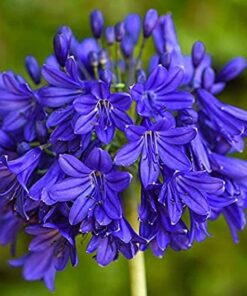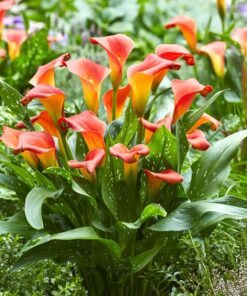Calla Allure pack of 1 bulb
₹220.00
Out of stock
Email when stock available
SKU: CallaAllure
Categories: Summer Bulbs, Winter Bulbs
Calla Allure Description for Calla Lily
Calla Allure Zantedeschia aethiopica (L.) Spreng. It grows is the accepted name of a species in the genus Zantedeschia. with large clumps of broad, arrow shaped dark green leaves up to 45 cm long. The inflorescences are large and are produced in spring, summer and autumn, with a pure white spathe up to 25 cm and a yellow spadix. The spadix produces a faint, sweet fragrance.
They only prefer above 25C temperature, below 25C they foliage will die, and it will germinate again once day high is above 25C
| Common name | Flower colours | Bloom time | Height | Difficulty |
|---|---|---|---|---|
| Calla lily and arum lily | red | Spring, summer and autumn | Up to 2 feet | Easy to grow |
- Find a location where the soil drains well. If there are still water puddles 5-6 hours after a hard rain, scout out another site. Or amend the soil with the addition of organic material to raise the level 2-3″ to improve the drainage. Peat moss, compost, ground bark or decomposed manure all work well and are widely available. Callas will not thrive in water logged soil.
- Site your callas tubers where they will receive filtered light or moderate shade. Calla lilies will burn in full sun.
- Dig holes and plant the callas shallowly, so the tops of the tubers are exposed. The tubers tend to have a rounded side and one filled with growing points or “eyes”. Plant with the eyes facing upwards.
- After planting, water the callas well, gently soaking the soil and settling it around the bulbs. Roots and top sprouts will form in the autumn in warm regions. Flowers are produced in the spring and summer.
- When in bloom, feel free to cut calla flowers for bouquets. This will not hurt the plants and having graceful, long lasting blooms to bring indoors is one of the best reasons to grow callas.
- After blooming has finished for the season leave the foliage in place; don’t cut it off. The leaves will gather sunlight, create food through photosynthesis and strengthen the tubers for the future. Water as needed during active growth periods; about 1″ of moisture per week is a good estimate.
- Your callas will rest for a few months before beginning the next growing cycle.
Be the first to review “Calla Allure pack of 1 bulb” Cancel reply
You must be logged in to post a review.














Reviews
There are no reviews yet.